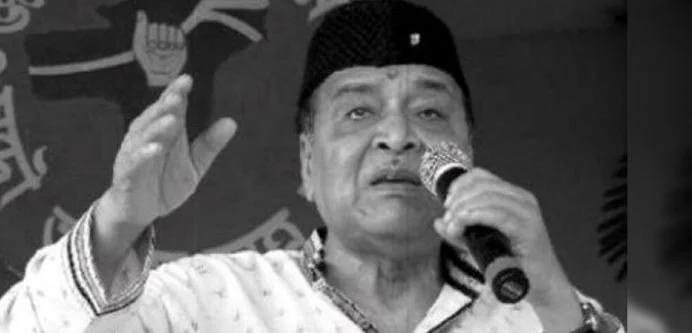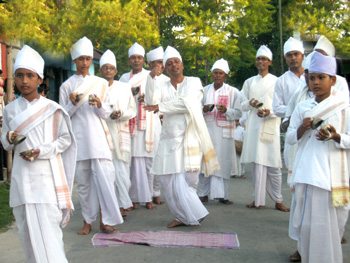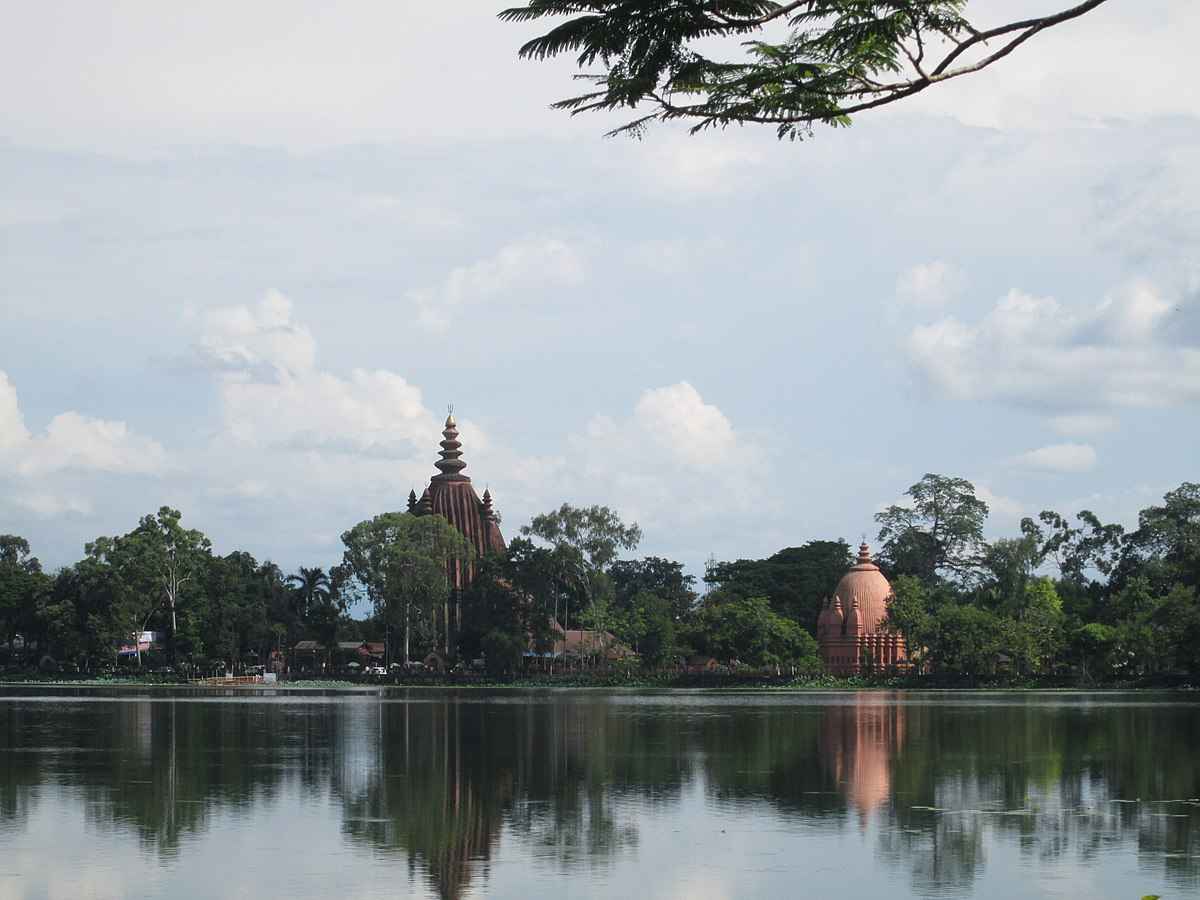The conversation around monument delisting in India has grown more intense, with recent developments prompting national attention. A Parliamentary Committee has recommended that the Union Culture Ministry form an independent panel to revisit and refine the criteria for removing monuments from the Archaeological Survey of India’s (ASI) list of protected sites.
What Does Monument Delisting Mean?
To delist a monument is to officially remove it from the protection of the ASI. Once delisted, a monument no longer receives government-funded conservation or maintenance. This process is legally guided by the Ancient Monuments and Archaeological Sites and Remains (AMASR) Act of 1958, which allows the Central Government to declare that a monument is no longer of national importance.
Understanding the AMASR Act
The AMASR Act was introduced to preserve India’s cultural and archaeological heritage. It governs how ancient monuments and historical sites are excavated, maintained, and protected.
- Section 4 of the Act empowers the government to notify or denotify monuments as being of national significance.
- In 2010, the Act was amended to establish the National Monuments Authority (NMA). The NMA plays a key role in managing heritage zones and issuing construction permissions near protected sites.
Why Is Monument Protection So Challenging?
Several obstacles make effective monument preservation difficult in India:
- The AMASR Act applies uniform restrictions across all monuments, without accounting for their unique historical or local contexts.
- Smaller or lesser-known monuments often lack strong legal safeguards, leaving them vulnerable to encroachment and decay.
- The ASI itself is stretched thin, facing staff shortages, funding limitations, and logistical hurdles in safeguarding thousands of heritage sites.
Recent Updates on Delisting Activity
Currently, the ASI oversees 3,698 protected monuments across India, ranging from ancient temples to historic forts. In recent times:
- 18 monuments have been delisted after being declared “untraceable.”
- The issue gained further attention with ongoing public debate over the preservation of Aurangzeb’s tomb, following protests demanding its removal.
- The Parliamentary Committee has stressed the need for clear protocols, including detailed documentation and public consultation, before any site is delisted.
Suggestions for Strengthening Heritage Protection
To address the shortcomings in the current system, the Committee has proposed several recommendations:
- Digital Mapping: Develop a GIS-based digital inventory for real-time monitoring of all protected sites.
- Regular Audits: Conduct biennial audits to assess the status and upkeep of monuments.
- Stronger Legal Measures: Enforce stricter penalties to deter encroachments and unlawful construction near heritage zones.
- Community Involvement: Encourage local participation in safeguarding historical sites.
The Road Ahead: A Balanced Strategy
India’s cultural heritage demands a comprehensive and adaptive approach. Combining technology, legal reform, and community engagement will be key to ensuring the longevity of the nation’s monuments. Strengthening the ASI’s infrastructure and addressing institutional gaps will help preserve India’s rich legacy for generations to come.












